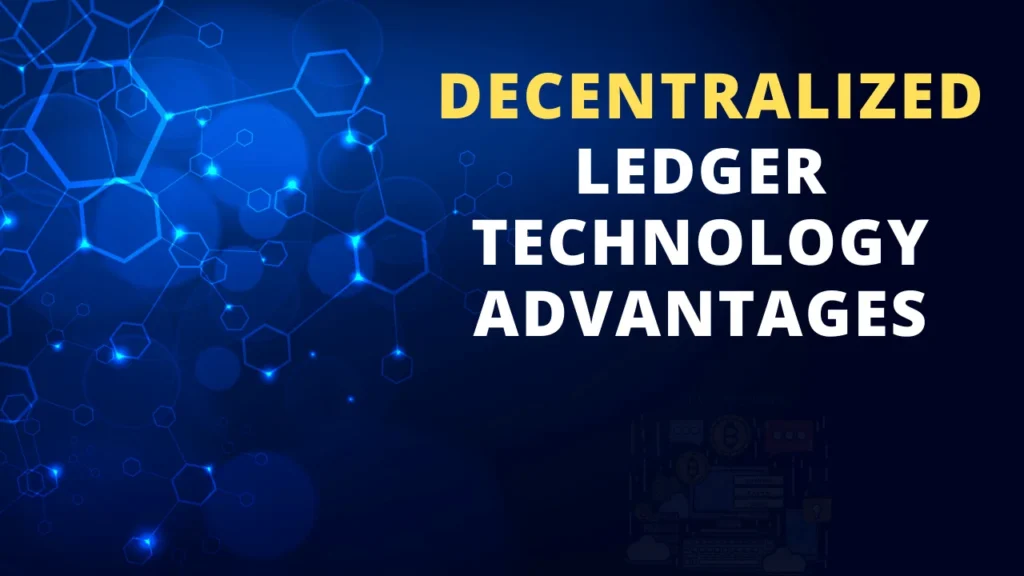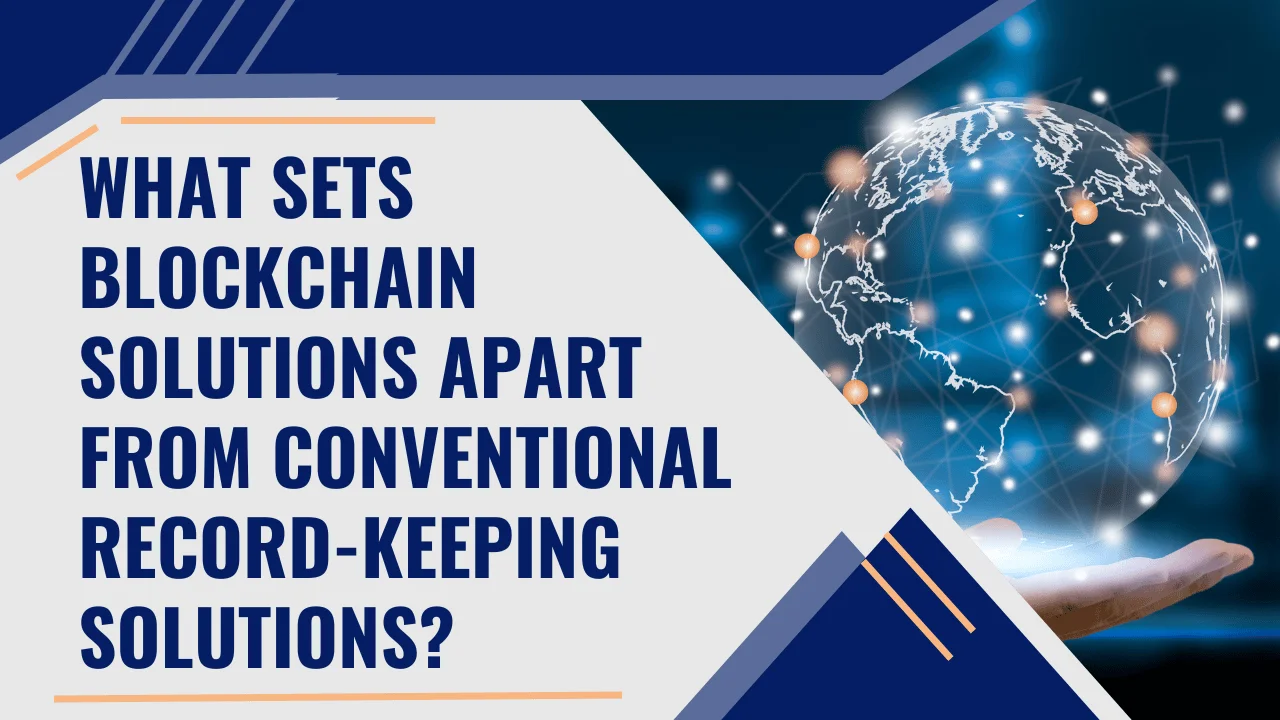Introduction
In this age of lightning-fast technological development, blockchain technology is causing a revolution in record-keeping and data management. Data storage, verification, and transmission are all drastically changed by blockchain technology, which introduces a decentralized framework in contrast to conventional systems that depend on centralized control. In addition to improving safety and openness, this innovative method simplifies processes in many different areas, which in turn lowers costs and boosts productivity.
Why Blockchain Matters?
When privacy and openness of information are of the utmost importance, blockchain technology is the way to go. Its clientele include the public sector, healthcare providers, banks, and more. Blockchain technology introduces a new degree of transparency and trust by using a distributed ledger to guarantee that all network participants have access to an immutable record of transactions. Its effects go well beyond simple record-keeping and touch upon topics as diverse as the ease of making transactions and the foundation of trust in professional networks.
Decentralized Ledger Technology Advantages

Public Ledger Accessibility Blockchain
The most groundbreaking aspect of blockchain technology is its distributed ledger, which is available to everyone in the network. All transactions on the network are visible, traceable, and verifiable because of this transparency. This system stands in stark contrast to the conventional wisdom, which holds that records should be kept in closed databases that are accessible only to authorized personnel in order to limit transparency and auditability.
Reduction of Transaction Costs with Blockchain
Blockchain technology is designed to minimize or do away with middlemen like banks, attorneys, and brokers. By automating and streamlining the costly processes related to record-keeping, audits, and verification, transaction fees can be significantly reduced. Because of the possibility for substantial reductions in operational costs, blockchain technology is becoming an attractive financial alternative to traditional systems for businesses.
Blockchain Security Features
Information kept on a blockchain is very safe because it uses sophisticated cryptography. Blockchain technology greatly reduces the likelihood of illegal data changes, in contrast to conventional databases where security breaches may jeopardize data integrity. Data is protected from fraud and tampering because each block is linked to the one before it, making the chain unchangeable unless all participants consent to the change.
Immutability of Blockchain Records
One of the distinguishing features of blockchain is its immutability. No one can remove or change a transaction once it’s recorded on the blockchain. Industries that rely heavily on accurate historical data, such as the legal, financial, and real estate sectors, find this absolutely essential. Because organizations are frequently required by regulators to maintain records in an unaltered form, immutability is also crucial to compliance.
Efficiency Gains from Blockchain Technology
Many parts of conventional record-keeping can be automated and simplified with blockchain technology. For instance, smart contracts eliminate the need for human processing or involvement by automatically executing transactions when specific conditions are satisfied. The efficiency and dependability of data management are both improved, and transactions are sped up, as the margin for human error is drastically reduced.
Challenges and Future Prospects

Blockchain vs Traditional Databases
There are a number of obstacles to overcome, despite the fact that blockchain has many benefits over conventional databases. Problems with scalability, energy usage, and compatibility with current technology are major roadblocks. Data governance and regulatory compliance are two areas where conventional systems have set standards; however, blockchain’s decentralized nature might make these processes more difficult.
Real-world Examples of Blockchain in Action
Practical uses of blockchain technology are showing how it can transform many different markets, including finance and supply chain management. As an example, blockchain technology is revolutionizing supply chain management by offering a clear and transparent track record of products from production to sale. This transparency fosters trust among stakeholders and consumers alike.
Environmental Impacts of Blockchain Technology
The significant energy consumption of mining activities is at the heart of the environmental impact of blockchain, especially as it pertains to Bitcoin and similar technologies. To counteract these negative effects on the environment, however, more recent blockchain developments are investigating proof-of-stake and other energy-efficient consensus mechanisms.
Long-term Prospects of Blockchain in Financial Services
In the long run, blockchain technology has a lot of potential to improve the financial services sector. Global finance could be reimagined by blockchain technology, which offers better security, less fraud, and cheaper transactions. Overcoming regulatory hurdles and guaranteeing interoperable solutions across various blockchain platforms are necessary for widespread adoption, though.
Enhancing Data Integrity and Transparency
Real-time Auditing in Blockchain
A major improvement over older methods that frequently involve periodic checks and balances, blockchain technology permits data auditing in real-time. Quick action and improved system integrity are both made possible by this continual visibility into transactions, which detects inconsistencies instantly. Financial and healthcare sectors, in particular, can benefit greatly from this because of the critical importance of real-time data for decision-making and regulatory compliance.
Blockchain in Reducing Single Points of Failure
Traditional record-keeping systems have a critical vulnerability in that they are centralized, which can cause single points of failure. The distributed nature of blockchain data storage makes it very unlikely that a single point of failure could bring down the entire system. In addition to making the system more resilient to assaults and technical failures, this distribution also makes it more robust overall.
Blockchain Consensus Mechanisms
All transactions must be validated and approved by all participants in the network for blockchain to function properly and securely. This is achieved through consensus mechanisms. Mechanisms such as Proof of Work (PoW) and Proof of Stake (PoS) aid in preventing fraud and guaranteeing that the ledger represents a consensus-based state of data. To fully grasp how blockchain enables trust and integrity decentralization, it is essential to comprehend these mechanisms.
Blockchain Applications in Record-Keeping
Blockchain in Government Record-Keeping
Government operations can be made more transparent and efficient with the help of blockchain technology. Helping to decrease corruption and increase trust in public record-keeping, blockchain secures data against unauthorized changes and makes it easily verifiable. Land registries, public finance management, and identity verification are just a few of the many potential uses.
Blockchain for Healthcare Data Management
Blockchain technology has the potential to revolutionize the healthcare industry by making private patient records immutable and accessible only to authorized individuals. This has the potential to enhance the safety and effectiveness of healthcare services by facilitating easy access to patient records, decreasing the likelihood of medical mistakes, and bolstering the reliability of medical research.
Smart Contracts in Business Processes
By automatically carrying out predefined conditions, smart contracts on blockchain platforms can automate complicated business processes. This application has the potential to revolutionize sectors such as real estate by making contractual agreements execution faster and more error-proof. It will greatly decrease the need for manual oversight and intermediaries.
Frequently Asked Questions
What makes blockchain data immutable?
Once data is recorded on a blockchain, it is secured by cryptographic hashes that link each block to its predecessor, making unauthorized alterations extremely difficult.
Can blockchain technology reduce transaction costs?
Yes, by eliminating intermediaries and streamlining processes, blockchain can significantly reduce fees associated with transactions and administrative procedures.
How does blockchain enhance data security compared to traditional databases?
Blockchain uses advanced cryptography and distributes data across multiple nodes, making unauthorized access and data breaches more challenging than in centralized systems.
What are the environmental impacts of blockchain technology?
The main concern is the energy consumption of some blockchain networks, particularly those using Proof of Work; however, newer technologies are addressing these concerns with more energy-efficient mechanisms.
How can blockchain improve auditability and accountability in public sectors?
By providing an immutable and transparent record of all transactions, blockchain can enhance the accountability of public officials and the auditability of public resources.
Also Read: M20 Blockchain: All You Need to Know
Conclusion
The distributed ledger technology known as blockchain has revolutionized record-keeping and data management with its improved security, transparency, and decentralization. Blockchain technology is an essential focus for future investment and technological development due to its indisputable potential to revolutionize industries, despite the fact that there are still obstacles to overcome. More of blockchain’s untapped potential will be revealed as it develops and is integrated into more and more industries; this will usher in a new age of trustless, efficient digital transactions.

Timothy Jensen is an expert writer who specializes in the world of cryptocurrencies, including blockchain technology and Bitcoin. He has a passion for explaining complex topics in an easy-to-understand way. Timothy’s work aims to demystify the digital currency landscape for his readers.

